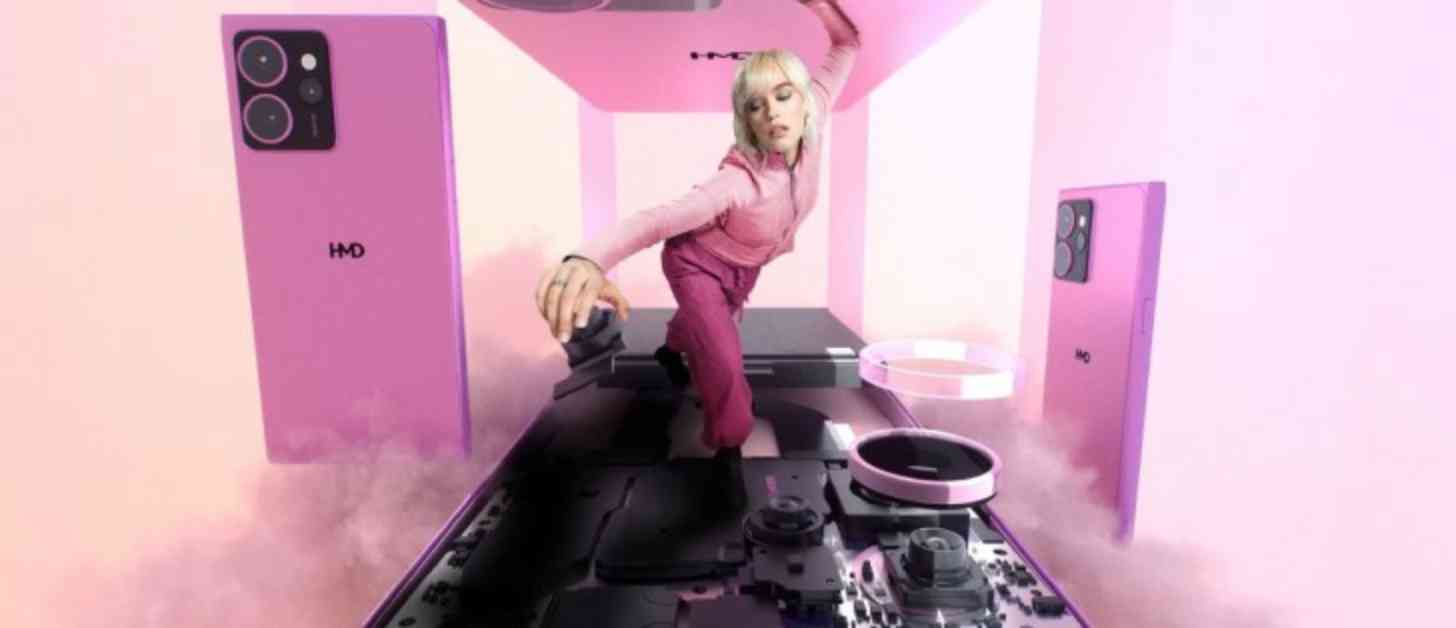HMD Global recently made a strategic move by veering away from using the Nokia brand for its latest Android phones. However, the company managed to capture the essence of old Nokia designs with its new HMD Skyline model, which has garnered significant attention in the market. This particular phone seems to be receiving more positive feedback compared to its predecessors, hinting at a potential success story in the making.
The design of the HMD Skyline, reminiscent of the popular Nokia N9/Lumia models, combined with vibrant color options, has struck a chord with consumers. This approach mirrors the successful strategy adopted by Motorola in reviving its brand. While some consumers are eagerly awaiting detailed reviews before making a purchase decision, many are already expressing excitement about the phone, especially its camera capabilities.
Despite the positive reception, concerns loom over the availability of the HMD Skyline. The limited launch in North America and delayed release in European markets have left potential buyers waiting anxiously. Additionally, the pricing of the phone has sparked debates, with some deeming it too high for a device powered by a Snapdragon 7s Gen 2 chipset. The disparity in price points across regions further complicates the matter, raising questions about the value proposition of the phone.
One of the recurring criticisms of the HMD Skyline revolves around its chipset, with users comparing it to lower-priced alternatives with similar performance capabilities. The perceived lack of software support, offering only two OS updates and three years of security patches, adds another layer of concern for prospective buyers. While the phone’s repairability remains a selling point, the limited software longevity may deter some users from fully embracing the device.
In contrast to the lukewarm reception of the HMD Pulse trio, the HMD Skyline has managed to generate significant buzz and positive attention within the market. This shift in consumer sentiment indicates a hopeful trajectory for the Finnish phone manufacturer. However, to truly solidify its position in the competitive landscape, HMD Global may need to explore partnerships with chipset providers like Qualcomm or MediaTek to offer devices with more powerful and efficient processors.
Overall, the potential success of the HMD Skyline underscores the importance of striking the right balance between design, performance, and pricing in the highly competitive smartphone market. As the company navigates through the challenges of global availability and consumer expectations, its ability to adapt and innovate will ultimately determine the fate of its flagship devices in the evolving tech industry.












